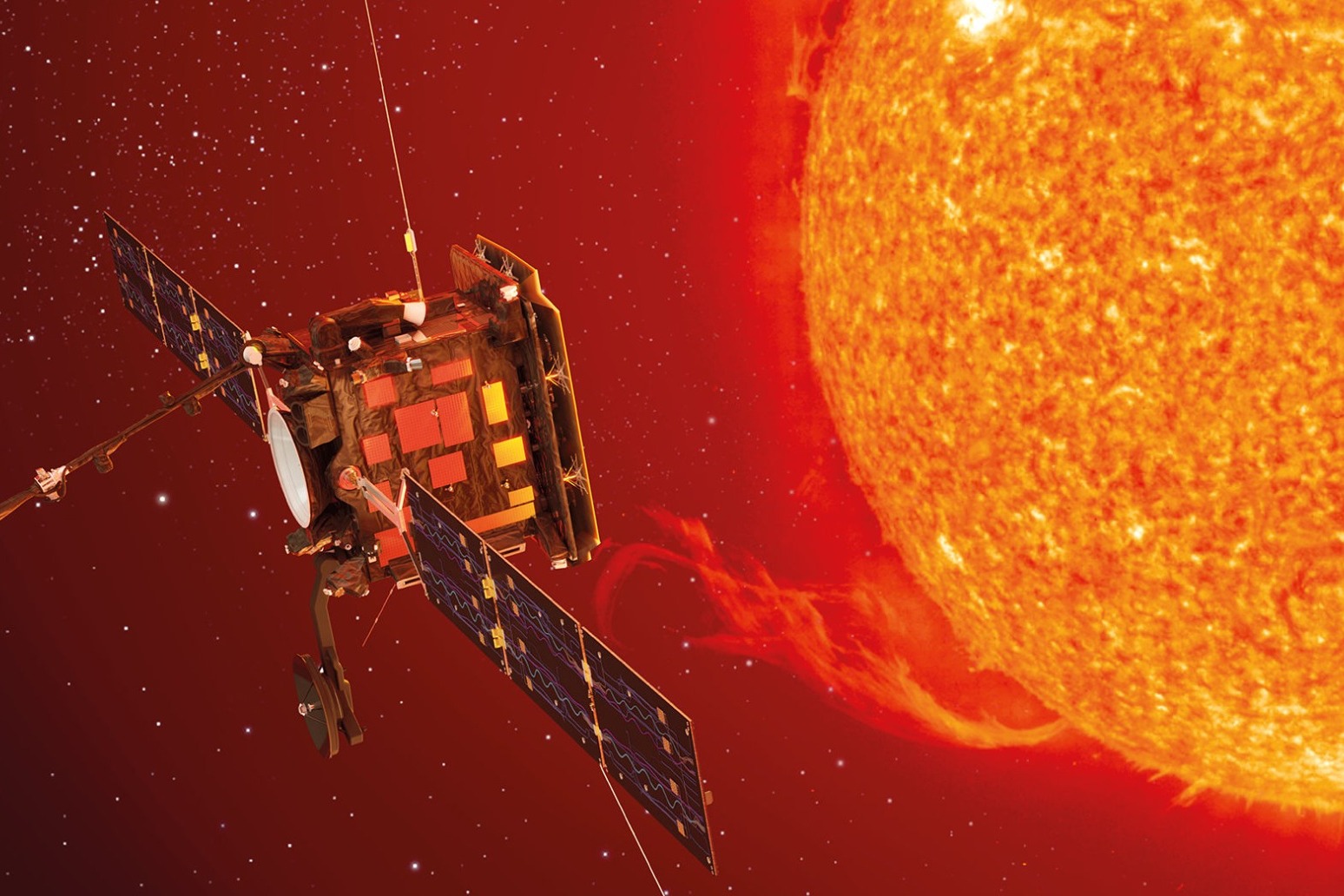
Solar Orbiter prepares for blast off
A spacecraft built to unlock the mysteries of the Sun has been described as "the most significant UK investment in a space science mission for a generation".
The Solar Orbiter, which was designed and built in Stevenage, is expected to blast off into space next week in the Atlas V 411 rocket from Nasa's Cape Canaveral site in Florida.
The spacecraft will orbit the star, beaming back high-resolution photos and measuring the solar wind as part of the mission led by the European Space Agency (ESA) and partly funded by the The UK Space Agency.
Dr Chris Lee, the UK Space Agency's chief scientist, told the PA news agency: "Understanding how our Sun works is a UK science strength, with teams investigating how solar storms build and grow.
"The Solar Orbiter represents the most significant UK investment in a space science mission for a generation.
"Science teams across the UK proposed the mission in the first place and are now supporting major roles in four of the 10 instruments."
The £1.3 billion mission will run parallel to Nasa's Parker Solar Probe, which has flown closer to the Sun than any spacecraft since its launch 18 months ago.
Following lift-off, the Solar Orbiter will take about two years to reach the Sun, which scientists call the "cruising phase".
Coated with a heat shield, called SolarBlack, the spacecraft endure temperatures of more than 500C, hot enough to melt lead.
It will use the gravitational force of Venus and Earth to adjust its trajectory, which will place it into an elliptical orbit around the Sun.
The Solar Orbiter will make a close approach to the Sun every five months, and at its closest will only be 26 million miles away, closer than the planet Mercury.
During these times, it will be positioned for several days over roughly the same region of the Sun's surface, as the Sun rotates on its axis.
This will allow the spacecraft to observe magnetic activity building up in the atmosphere that can lead to powerful flares and eruptions, providing new insights into the giant storms raging on its surface.
Dr Lee told PA: "The biggest storms have the potential to overwhelm our magnetic field and this can lead to disruption of electrical equipment, both in space, with satellites and on the ground, with our energy grids."
Predicting when these storms occur could help governments and companies protect these satellites and other communications infrastructure.
Dr Chris Owen, a professor at University College London and one of the principal investigators on the Solar Orbiter assignment, said the mission is expected to last 11 years but could be extended with additional funding from the ESA.
He said the Solar Orbiter will continue to move around the Sun "somewhere between Mercury and Venus" as a piece of space junk when it finally runs out of fuel.
Published: by Radio NewsHub